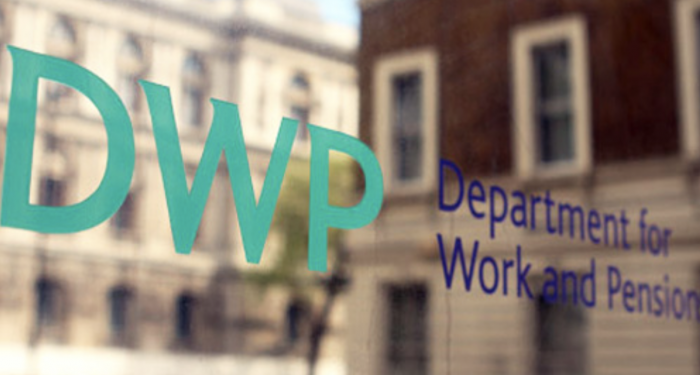The flat-rate state pension could top £10,000 a year if current wage increase projections are borne out, presenting the Chancellor with a triple lock headache that could add billions to public spending.
Figures published this morning by the ONS show that average weekly earnings grew by 6.6 per cent in the three months to May 2021, compared with a year earlier, up from a revised 5.7 per cent in the three months to April 2021.
Average earnings dropped last year, partly due to millions of workers being ‘furloughed’ on reduced wages; as workers go back on full pay this year, this is producing a surge in average earnings.
Without a change in the law, the Chancellor is legally obliged to increase the state pension by the growth in average earnings, whilst the ‘triple lock’ policy restated in the Conservative manifesto of 2019 also requires a link to earnings growth where this is higher than the growth in prices or a floor of 2.5 per cent.
The final ‘triple lock’ calculation will be based on the earnings figures published in September – for the three months to July 2021 – whilst the inflation figure used in the triple lock calculation is the September CPI, which is published in October.
Analysts say average earnings are on course to spike by 8 per cent in three months to July, which would increase the value of the flat-rate state pension to £193.95 a week, or £10,085.40 next year.
Even a more conservative estimate of a 5 per cent earnings jump would raise the value of the flat-rate state pension by £468 to £9,807.20 in 2022/23 -£188.60 per week – says AJ Bell.
The Office for Budget Responsibility (OBR) estimates every 1 percentage point rise in the state pension will cost the Treasury around £900m. Policy options include scrapping the earnings element or smoothing it over a longer time period.
Former pensions minister Steve Webb, a partner at LCP, says job losses have been concentrated amongst lower earners; removing lower earners from the figures boosts the average pay of those who are left, even without any actual pay increases.
Webb says if the Chancellor wanted to retain the principle of the ‘triple lock’ he could adjust the earnings figure in one of two ways – measure earnings growth over the last two years, stripping out the effect of the ‘slump then surge’ of average earnings; this would give an annualised increase of 3.6 per cent per year over the last two years, or ask ONS to calculate an ‘underlying’ earnings growth figure, stripping out the distorting effects of the Pandemic on the economy; ONS say in a blog published this morning that this could be in the range 3.2-4.4 per cent.
In either case he may find that he needs to pass legislation to justify using a different measure of earnings from the method used for the last decade, says Webb.
AJ Bell senior analyst Tom Selby says: “While the policy could add billions of pounds to public spending at a time of severe fiscal pressure for the country, unpicking it would break a manifesto commitment.
“If average earnings spike by 8 per cent in the three months to July, which looks entirely plausible based on the current data, this could increase the value of the flat-rate state pension by £746.20 to over £10,000 a year, or £193.95 per week.”
Webb says:“The triple lock was designed to give a steady boost to the value of the state pension which remains one of the lowest in the Western world. But it was not designed for a period when average earnings figures are as volatile as at present. The Chancellor may well be tempted to use an ‘adjusted’ average earnings figure for the April 2022 uprating as this might ‘get him off the hook’ this time round. But if he does so he should also re-commit to a strategy of building up the value of the state pension thereafter. This is particularly important to growing numbers of women who have worked in the private sector, who may have very modest workplace pensions and are heavily dependent on the state pension”
The post £10k state pension in sight under surging pay projections appeared first on Corporate Adviser.



